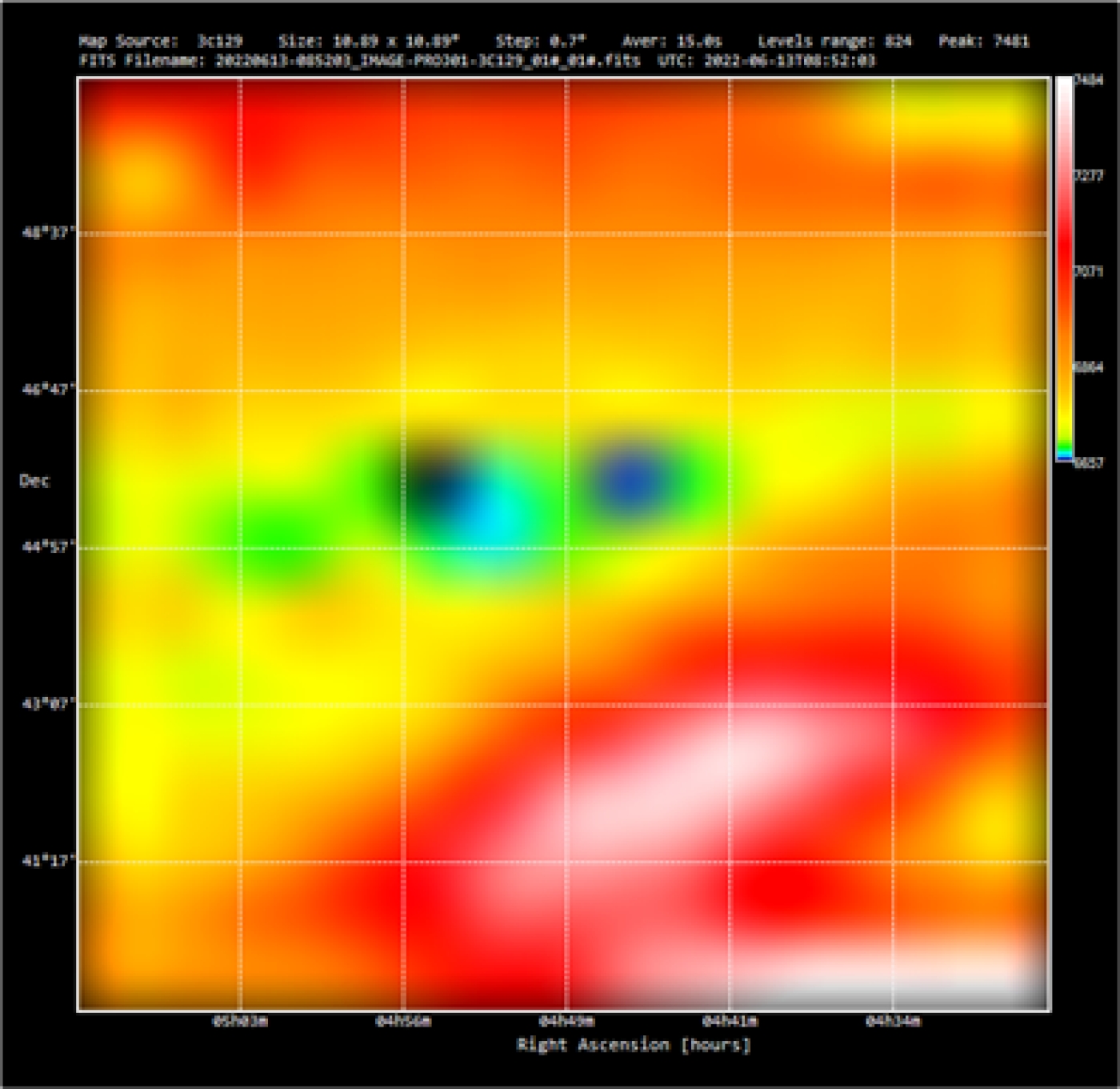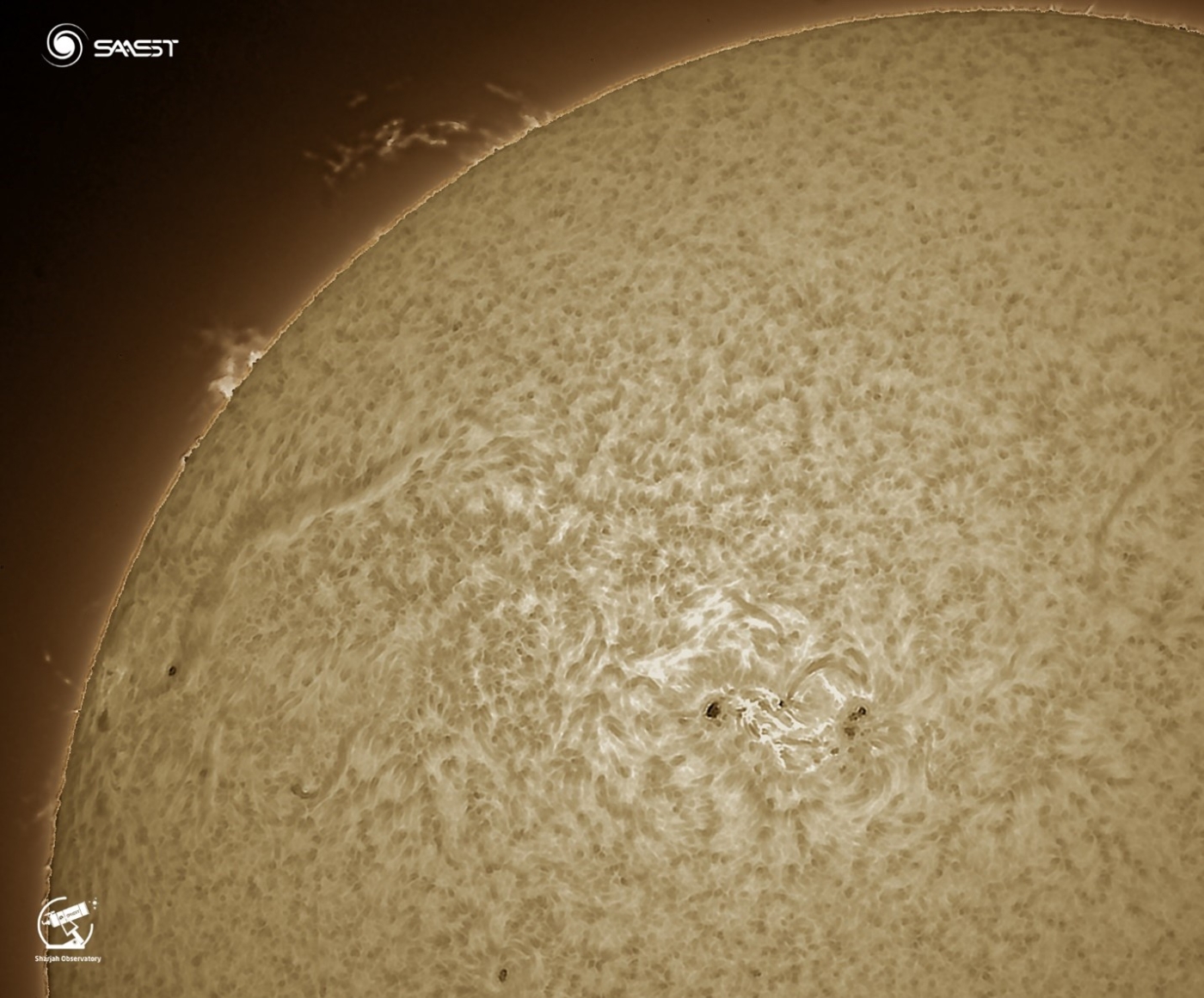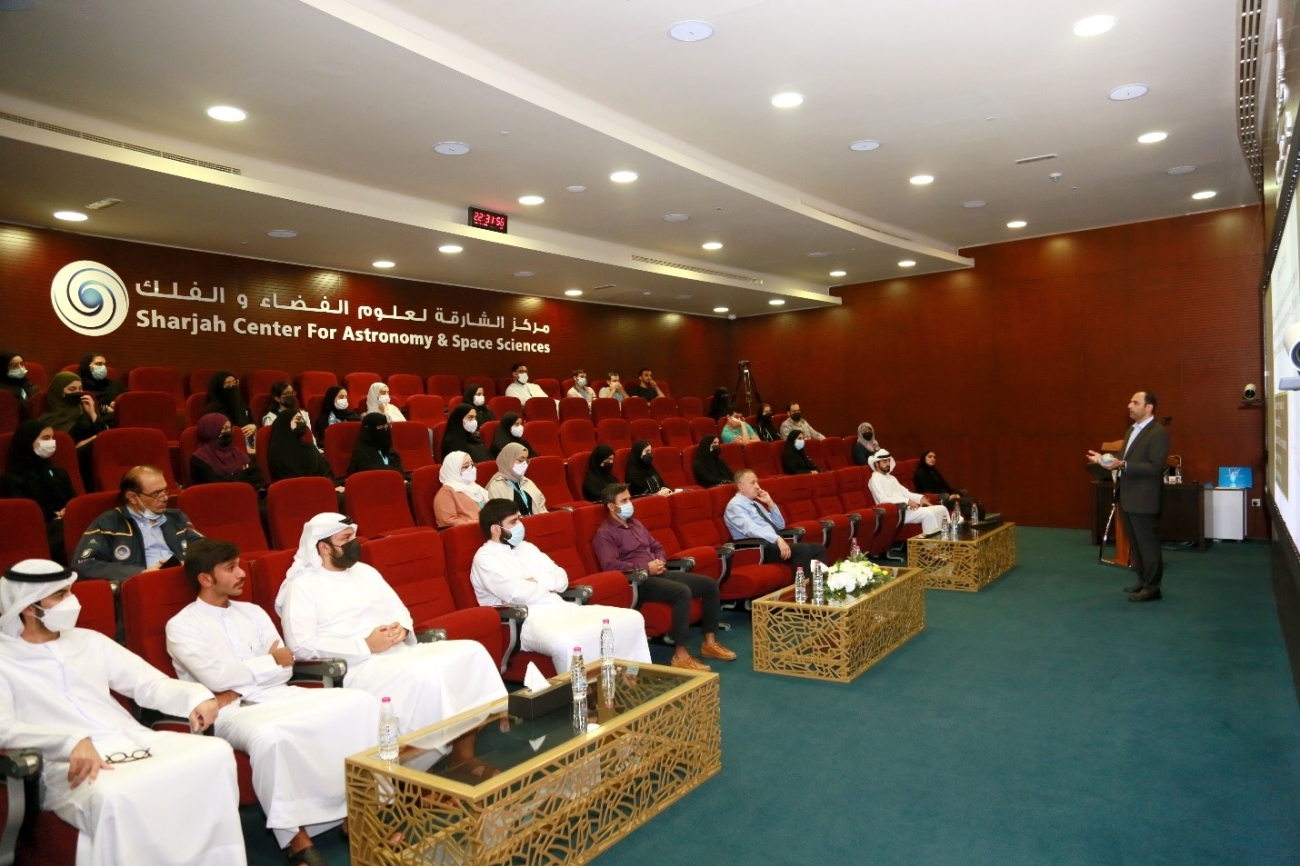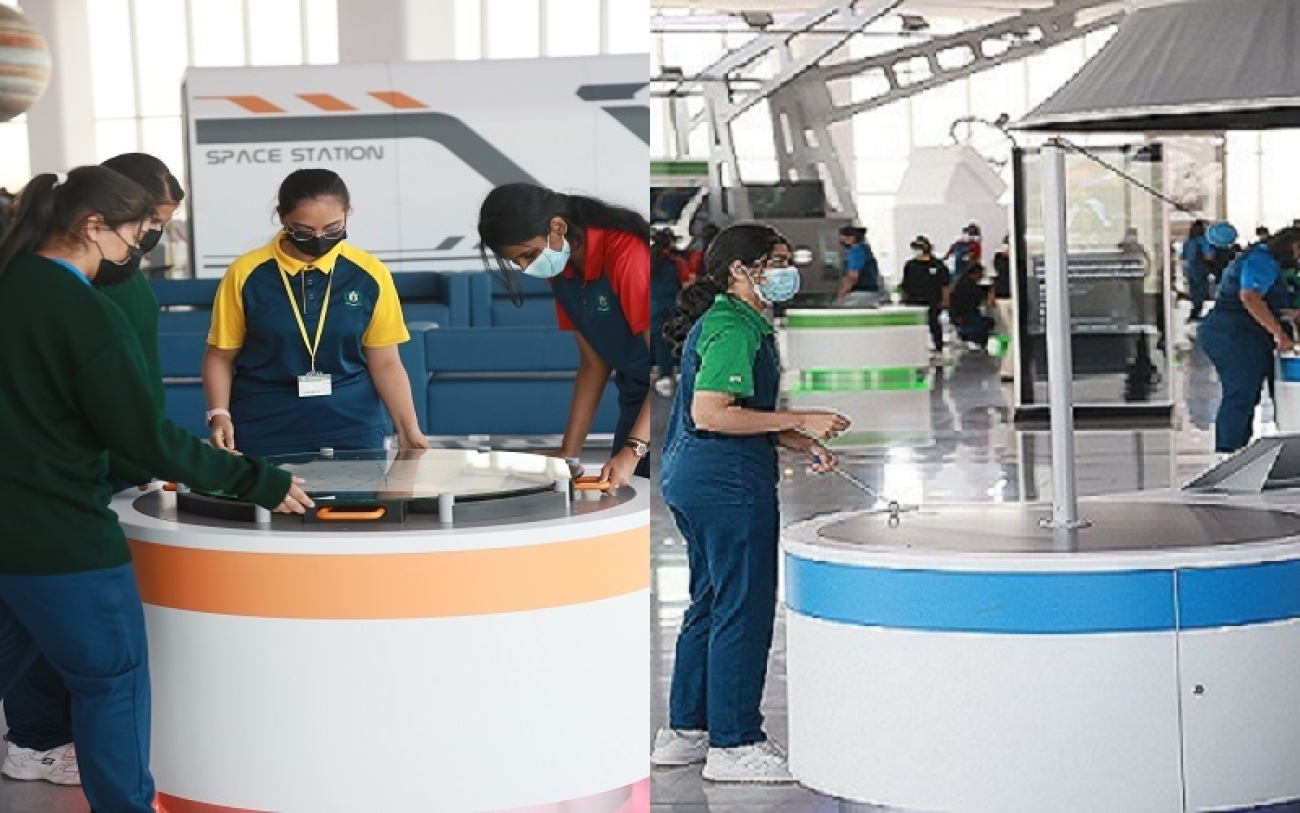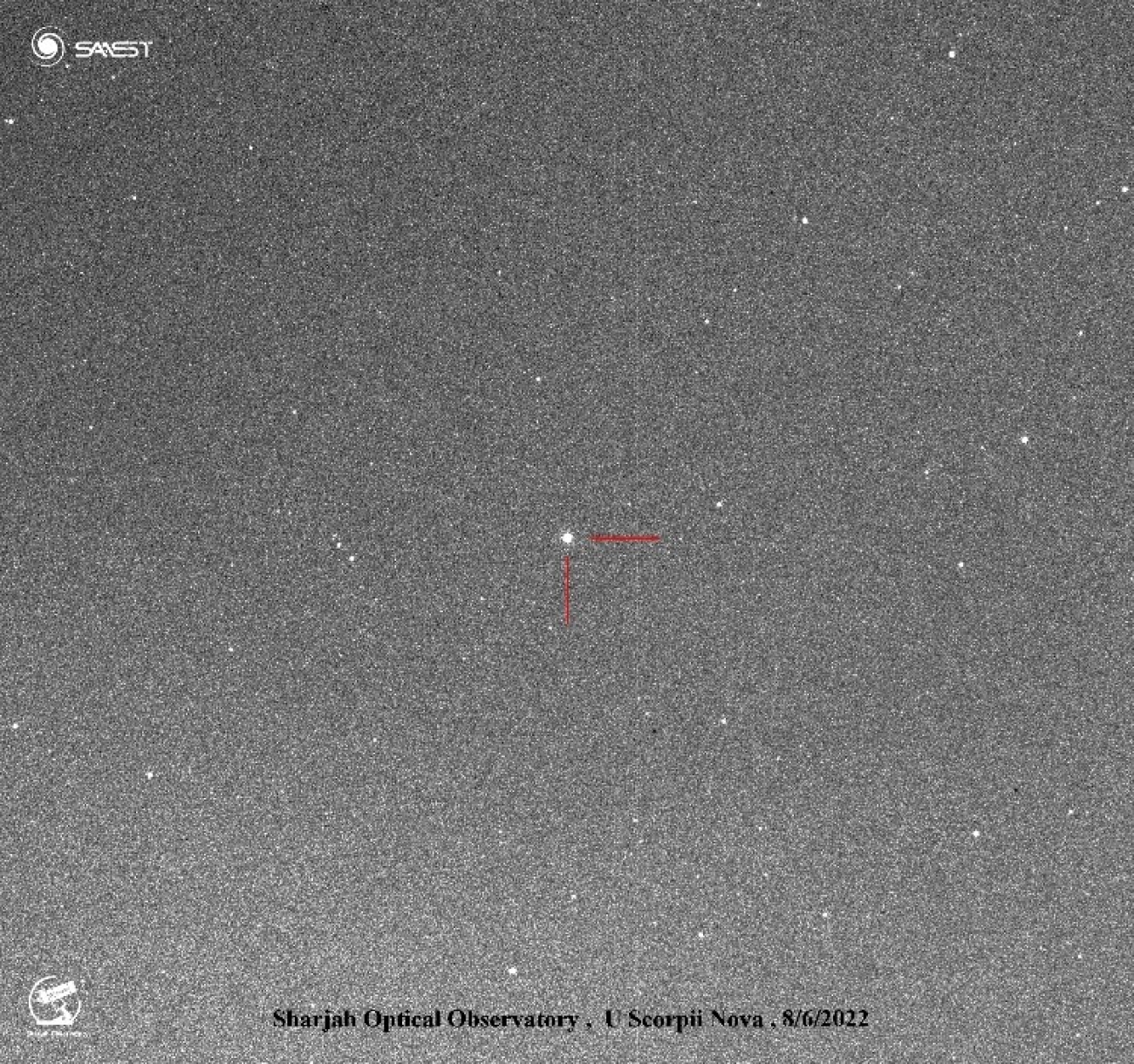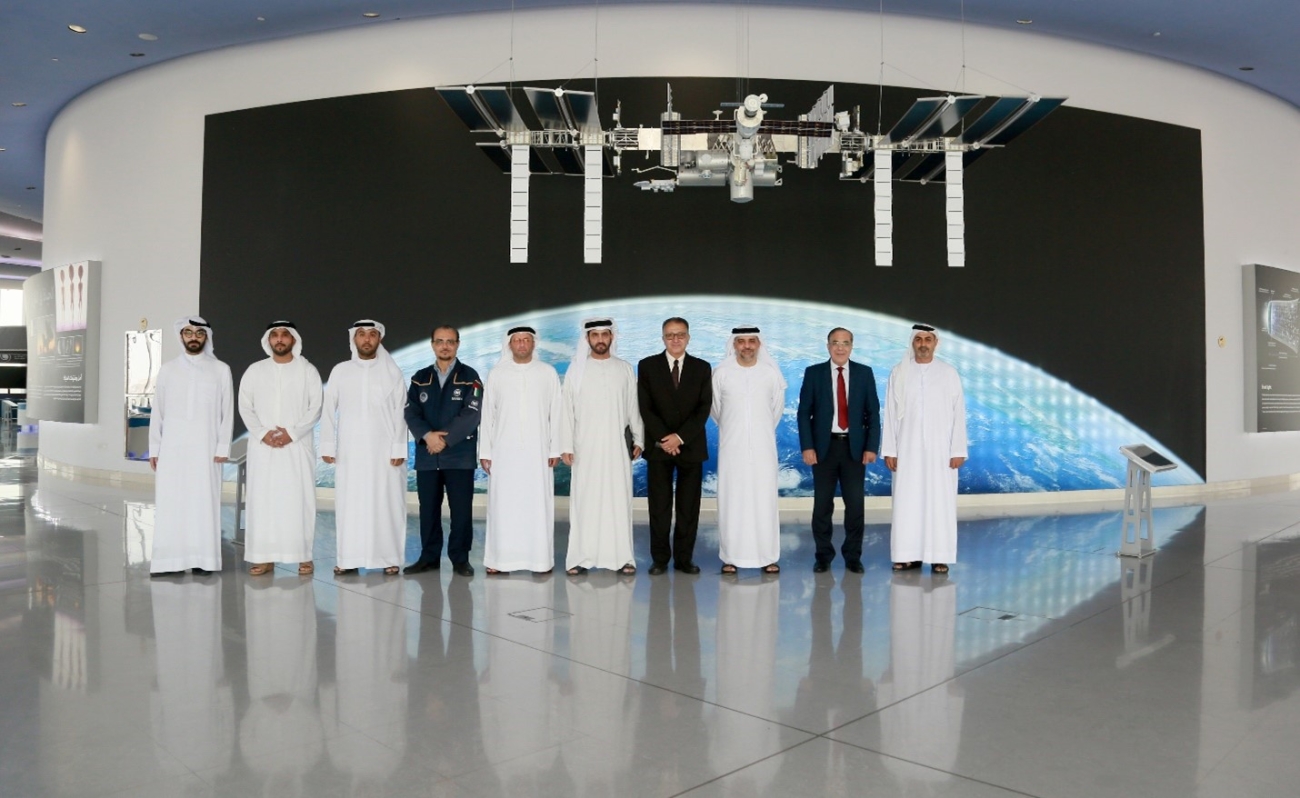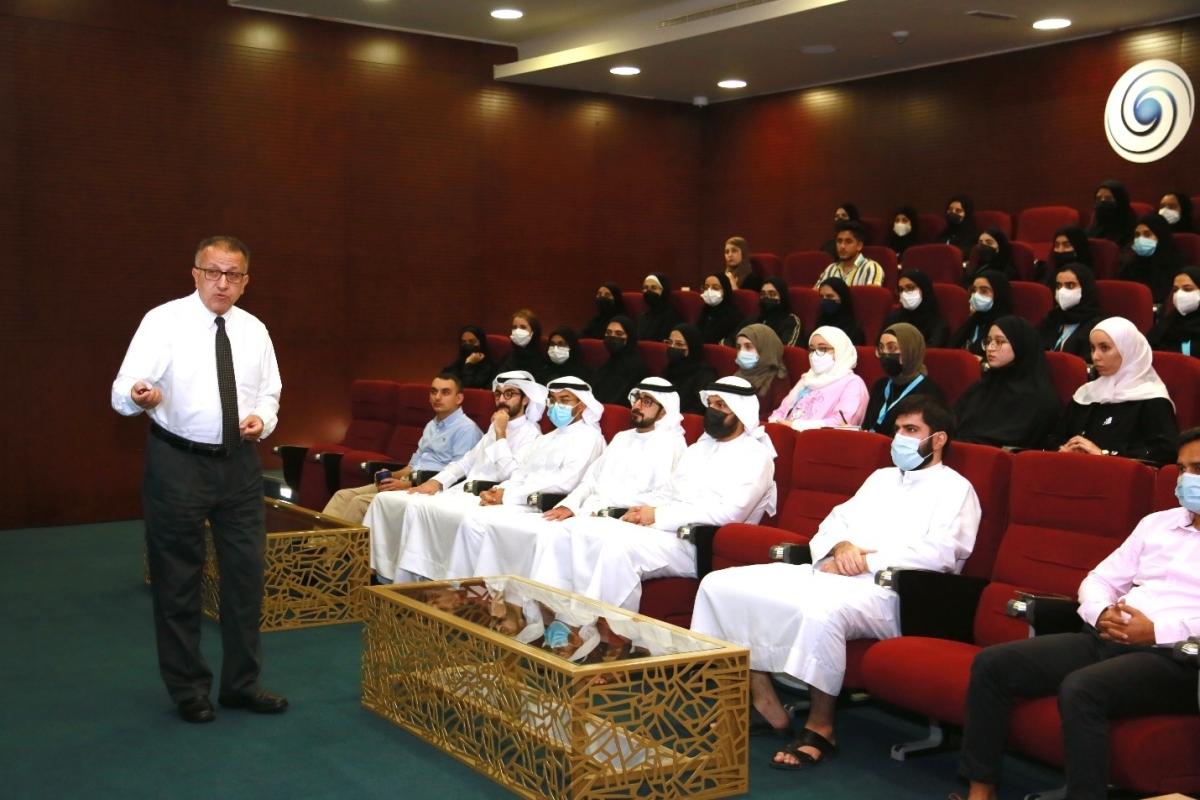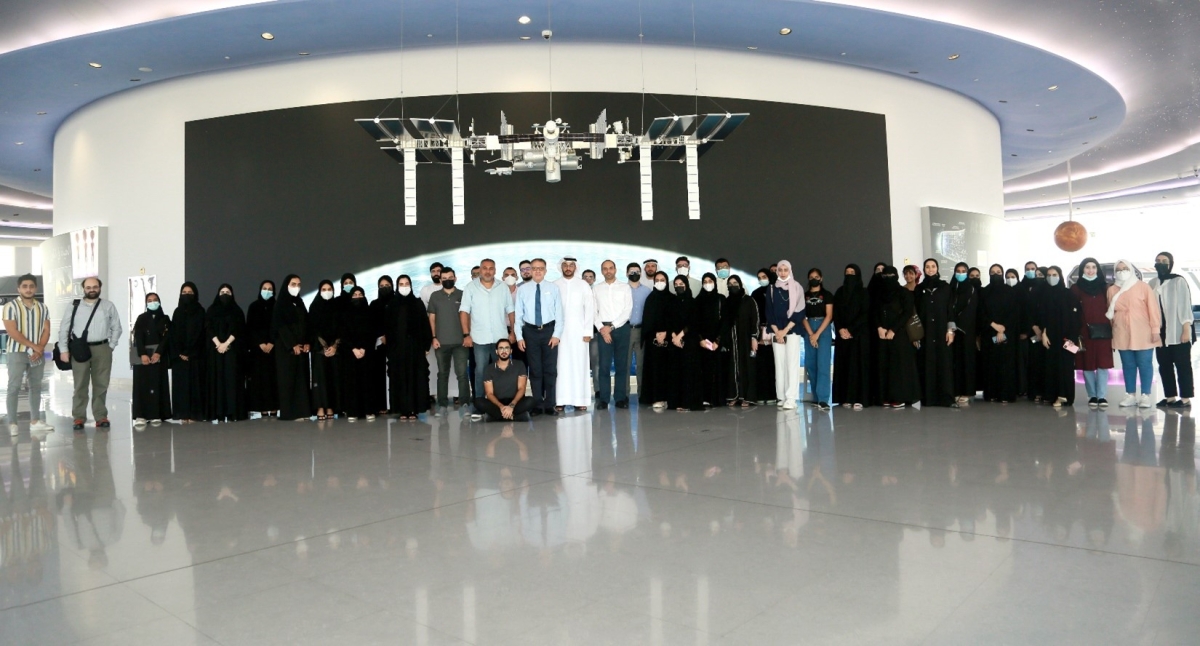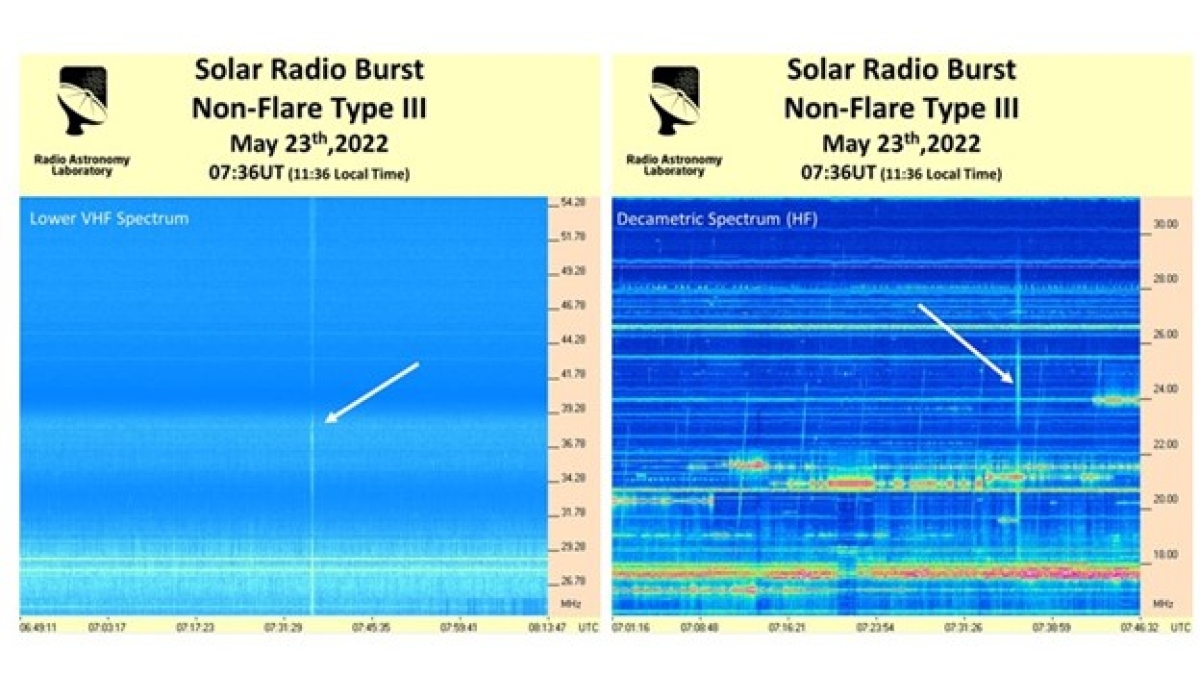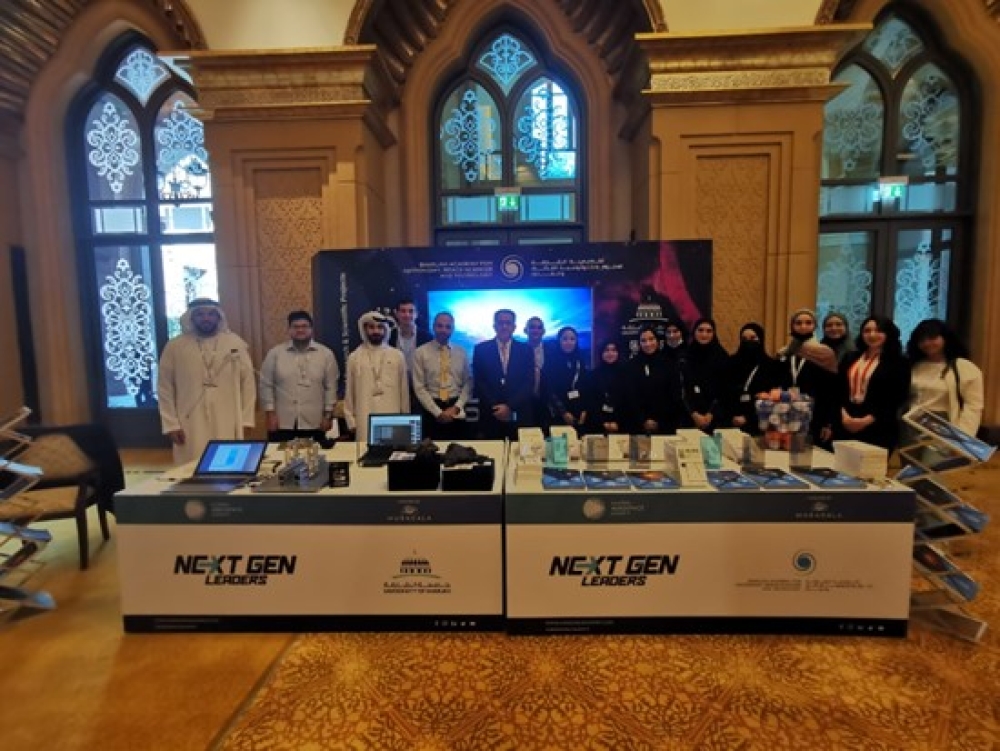Observation of the Radio Galaxy 3C 129 with SAASST 5-m Radio Telescope
3C129, a giant radio galaxy with a linear size of 0.76 Mpc, is a very large and bright head-trail galaxy. It was first mapped by Macdonald, Neville, and Ryle in 1996. The galaxy is obscured at optical wavelengths but can be observed at infrared and radio wavelengths.
Observation of A Prominent Magnetic Filament with SOO
A prominent magnetic filament was observed on the surface of the Sun on June 22, 2022, by Mr. Mohamed Talafha using the Sharjah Optical Observatory. A 105 mm solar refractor telescope equipped with an alpha hydrogen filter was used to take this snapshot picture.
SAASST Holds A General Lecture Titled “The Celestial Coordinates”
On June 15th, 2022, Sharjah Academy for Astronomy, Space Sciences, and Technology (SAASST) held a lecture titled “The Celestial Coordinates,” led by Mohammed Rihan from the Radio Astronomy lab. The lecture went into depth about how equatorial coordinate systems provide us with locations of multiple celestial objects through satellite tracking, celestial navigation, and space debris tracking.
SAASST Schools Visit is Back
The planetarium at the Sharjah Academy for Astronomy, Space Sciences, and Technology is again alive with the visit of hundreds of students from high schools. For a month, these visits have increased after the ease of the Covid-19 restrictions.
SAASST Observations of U Scorpii
This is a picture of the U Scorpii (U Sco), a recurrent nova system in the constellation of Scorpius. Mr. Mohamed Talafha took the picture at the SAASST Sharjah Optical Observatory on June 08, 2022. U Scorpii is known to be one of the ten known recurrent novae in our own Milky Way galaxy. The American Association of Variable Star Observers (AAVSO) is currently running an observing campaign on U Sco, and worldwide observers are encouraged to observe this star as often as possible.
A delegation from the Ministry of Defense Visits SAASST
The Sharjah Academy for Astronomy, Space Sciences, and Technology (SAASST) opens its doors to welcome a delegation from the UAE Ministry of Defense, led by Colonel Khaled Al-Dhaheri, on June 09, 2022. The visit detailed how goal-oriented SAASST is and its achievements that led them to become one of the leading Space Academies in the MENA Region.
SAASST Holds a Lecture on the UAE Space Exploration Program
On the 8th of June 2022, Prof. Ilias Fernini, Deputy General Director for Research, held a weekly general lecture at the Sharjah Academy for Astronomy, Space Sciences, and Technology (SAASST). During the hour-long Lecture, Prof. Ilias Fernini talked about the UAE Space Exploration Program, an initiative aiming to broaden the knowledge of the country’s contribution to the space sector.
SAASST Receives 35 Students for an 8-weeks internship
Prof. Ilias Fernini, the Deputy-General Director for Research at the Sharjah Academy for Astronomy, Space Sciences, and Technology, held a lecture for the newly appointed 35 interns to introduce them to the Academy.
SAASST Solar Radio Spectrogram Observes a Non-flare Flash Solar Radio Burst
Despite the solar disk being filled with sunspots, no solar flares or CMEs were observed from the Sun on Monday, 23rd May 2022. For two days, the Sun had been quiet when this silence was suddenly cut with a non-flare Type III radio burst.
SAASST 5-m Radio Telescope Observes the Disk of the Milky Way at 1.4 GHz
The Milky Way is visible from Earth as a hazy band of white light, some 30° wide, arching the night sky. The light originates from the accumulation of unresolved stars and other material located in the direction of the galactic plane. Dark regions within the band are areas where interstellar dust blocks light from distant stars. The sky area that the Milky Way obscures is called the zone of avoidance.
More...
SAASST Participates in the Global Aerospace Summit
The Sharjah Academy for Astronomy, Space Sciences, and Technology (SAASST) participated in the Global Aerospace Summit in Abu-Dhabi between May 24-26, 2022. It was an occasion for SAASST to present its new research projects to the international and national aerospace community. It was also an opportunity to highlight the academy's role in promoting space sciences research in the United Arab Emirates and the MENA world. SAASST presented several new research projects in different areas: radio astronomy, GNSS, artificial intelligence, CubeSat technology, and Martian Aurora.



